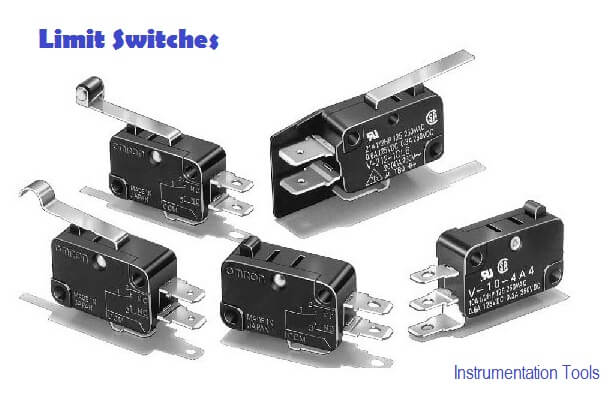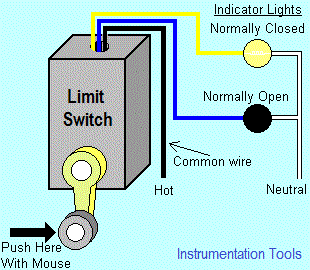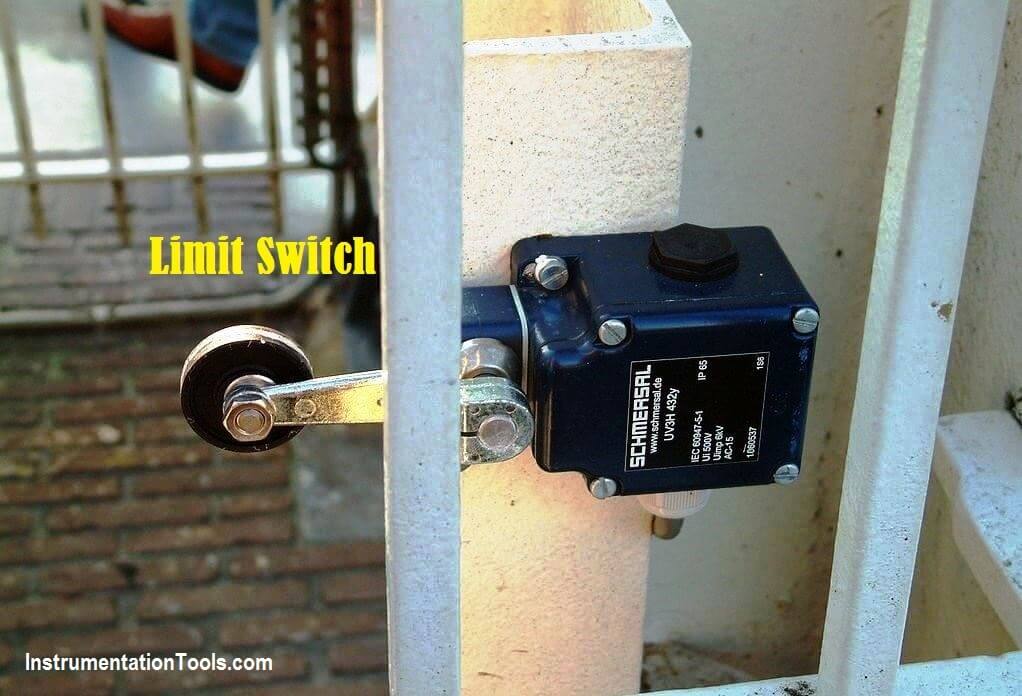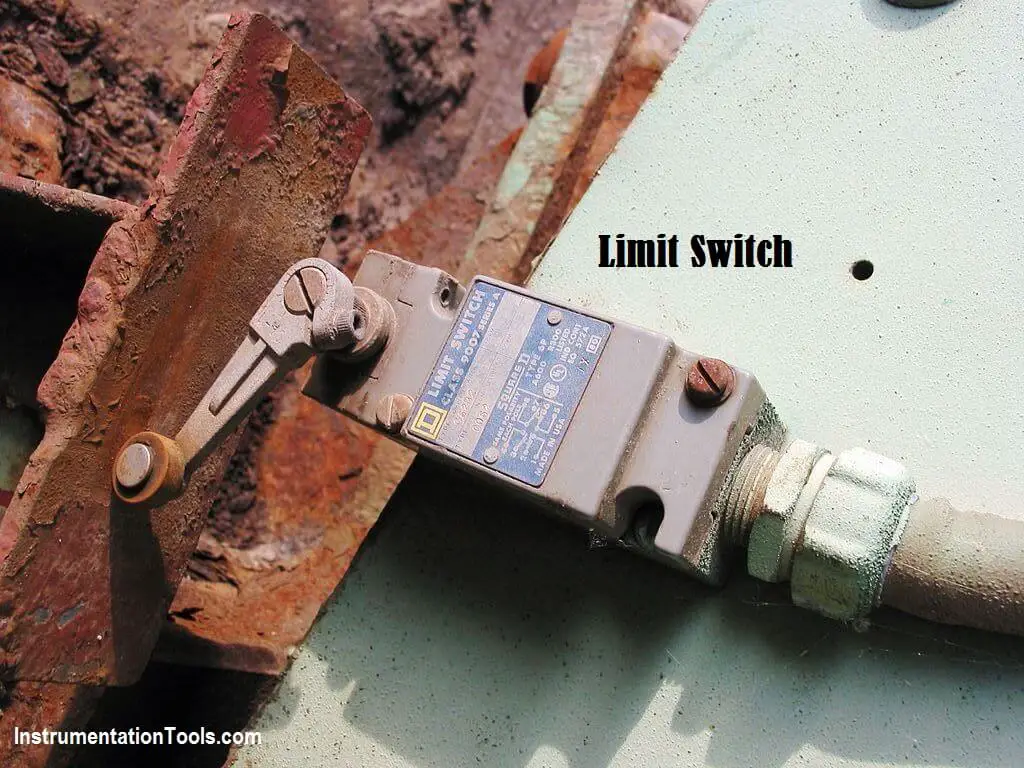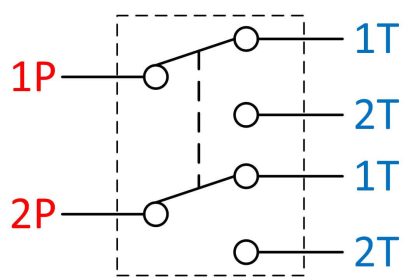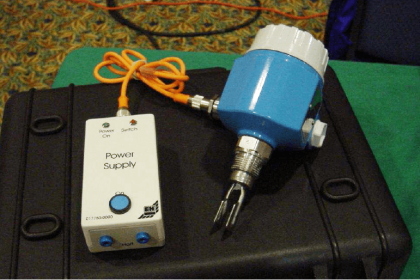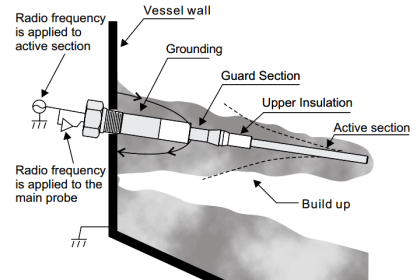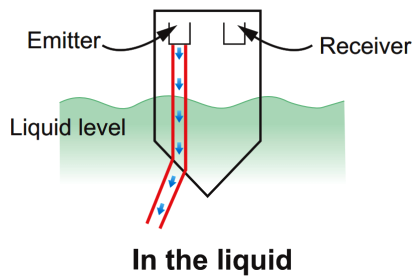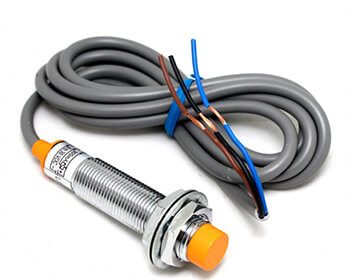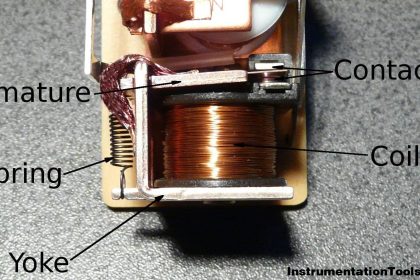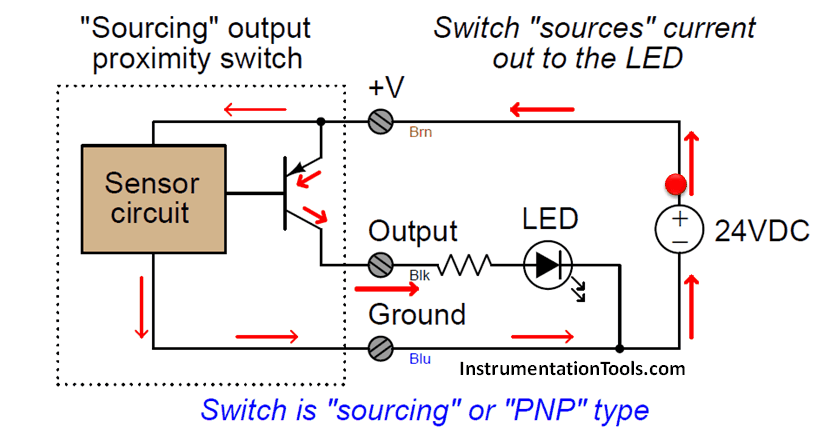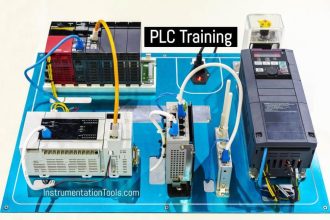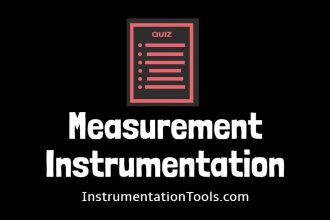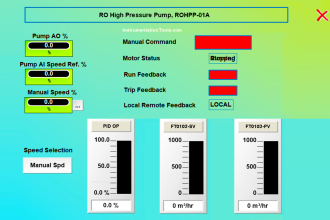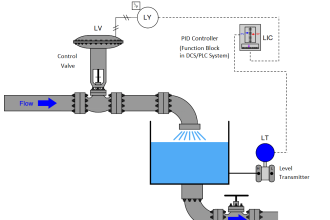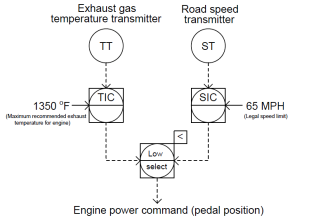Limit Switch is a switch operated by the motion of a machine part or presence of an object. They are used for control of a machine, as safety interlocks, or to count objects passing a point.
Standardized limit switches are industrial control components manufactured with a variety of operator types, including lever, roller plunger, and whisker type.
Limit switches may be directly mechanically operated by the motion of the operating lever. A reed switch may be used to indicate proximity of a magnet mounted on some moving part.
The class of Proximity Switches operates by the disturbance of an electromagnetic field, by capacitance, or by sensing a magnetic field. Rarely, a final operating device will be directly controlled by the contacts of an industrial limit switch, but more typically the limit switch will be wired through a control relay, a motor contactor control circuit, or as an input to a programmable logic controller.
Miniature snap-action switch may be used for example as components of such devices as photocopiers or computer printers, to ensure internal components are in the correct position for operation and to prevent operation when access doors are opened.
A set of adjustable limit switches are installed on a garage door opener to shut off the motor when the door has reached the fully raised or fully lowered position.
A numerical control machine such as a lathe will have limit switches to identify maximum limits for machine parts or to provide a known reference point for incremental motions.
A limit switch is usually mechanical, that is actuated by a moving part of some machine. Its operation is much like any other switch in that there are contacts that move when a plunger or lever on the outside of the switch is pushed.
Internally there is an over center spring mechanism that snaps the switch open or shut in response to a gradual motion of the plunger or lever.
Function of Limit Switch
- Limit switches provide the function of making and breaking electrical contacts and consequently electrical circuits.
- A limit switch is configured to detect when a system’s element has moved to a certain position. A system operation is triggered when a limit switch is tripped.
Disadvantages of Limit Switches
- Generally restricted to equipment operating at relatively low speeds.
- Must make direct contact with target.
- Moving mechanical parts will wear out.
Application of Limit Switch
Limit switches are widely used in various industrial applications, and they can detect a limit of movement of an article and passage of an article by displacement of an actuating part such as a pivotally supported arm or a linear plunger.
The limit switches are designed to control the movement of a mechanical part. Limit switches are typically utilized in industrial control applications to automatically monitor and indicate whether the travel limits of a particular device have been exceeded.
Limit switches are used in a variety of applications and environments because of their ruggedness, simple visible operation, ease of installation and reliability of operation.
